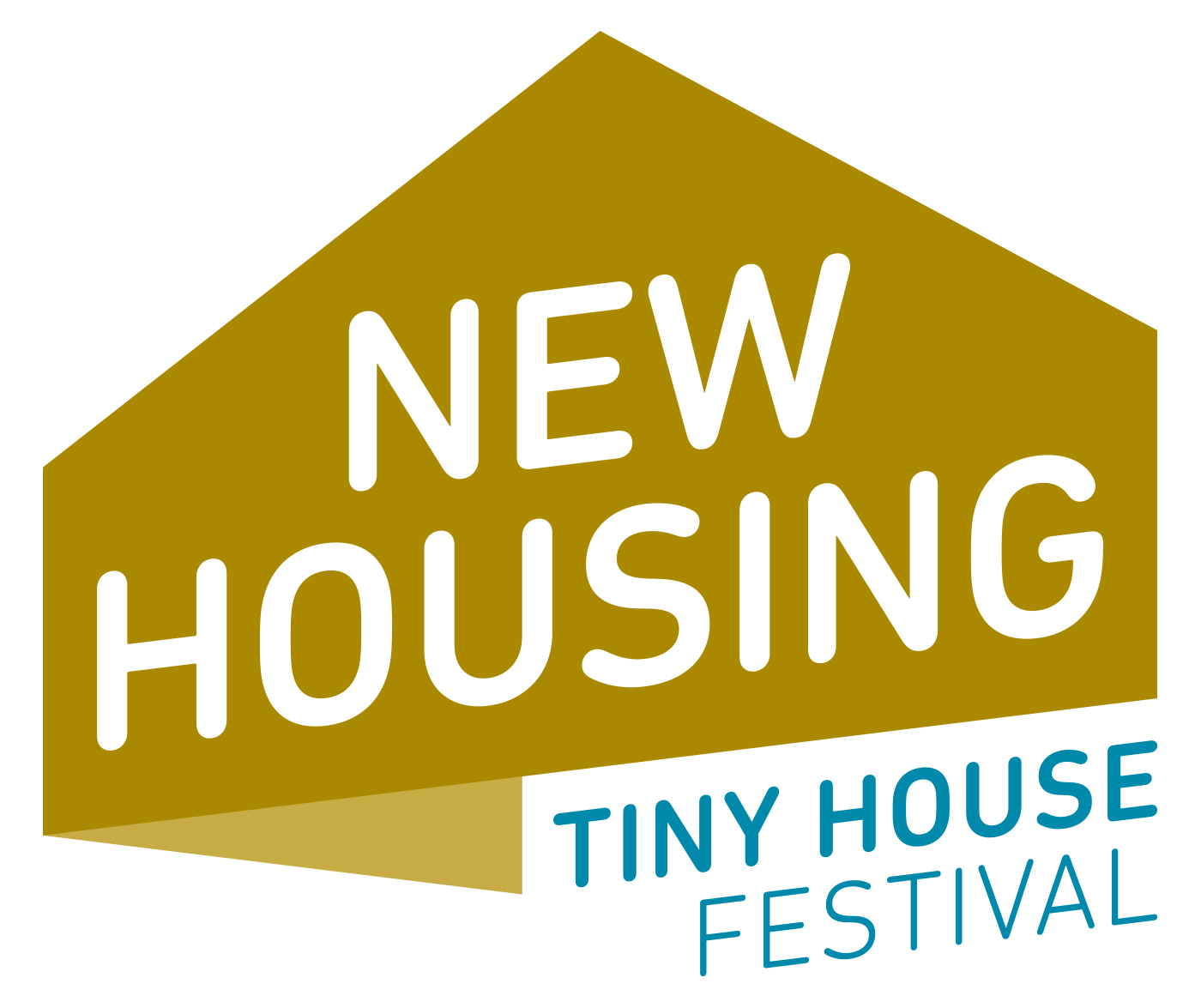How many square meters does happiness need?
Is there a connection between the size of the living space and subjective well-being in terms of housing satisfaction? Nadine Nebel wants to find out. She will also be presenting her initial findings at NEW HOUSING from June 28 to 30.

150-square-meter house, 75-square-meter apartment or 30-square-meter tiny house? How much living space does a person need to be satisfied and happy? Is there a limit at which satisfaction does not increase any further? Is there a lower limit that is needed for satisfaction? This is one of the things Nadine Nebel wants to find out.
Advantages: Saving time and more
The research officer and designer at the Institute for Liveable and Environmentally Friendly Urban Development at Düsseldorf University of Applied Sciences (In-LUST) lives in a 34-square-metre apartment herself and "wouldn't want to swap it for more living space, even if the rent were the same". For Nebel, the advantages of small living outweigh the disadvantages: "Saving time when cleaning, saving money on rent and ancillary costs", as she writes in an article for the magazine "Kleiner Wohnen".
For the scientist, living in a small space also means a better quality of life. Conscious consumption and appreciation of the things that surround them instead of superfluous consumption are reasons for this.
But what about other people? Is it possible to draw a more general picture of satisfaction and living space? That's what Nebel wants to find out.
Single-family home most popular
According to the figures provided by the scientist, the classic detached house is currently the most popular form of housing in Germany. Due to climate change, a rethink is also becoming increasingly urgent in the housing sector, Nebel writes in her "Smaller homes" article. According to a study by the Federal Environment Agency, the 1.5-degree target can only be achieved by reducing per capita living space to 41.2 square meters by 2050. In 2021, the average living space per capita in Germany was still 47.7 square meters - and rising.
Nebel recently began her research on the topic. The results of the project will also be presented at NEW HOUSING 2024 and published on the Tiny House Festival website.
Residents live in a real laboratory
Part of the project is also a real-life laboratory in Jülich, North Rhine-Westphalia. This is gradually growing, while the residents are repeatedly questioned and interviewed. The focus here is on the question of the extent to which well-being changes - or not - with increasing living space.
Nebel part of the discussion on June 27
By the way: Nadine Nebel will also be taking part in the NEW HOUSING panel discussion on June 27, the day before the festival opens. The discussion will be streamed live and the video will also be available afterwards on the NH website.


